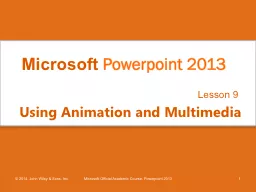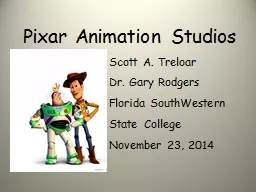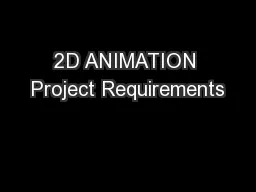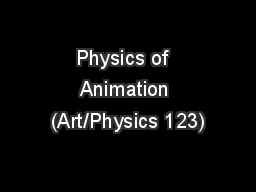PPT-Using Animation
Author : test | Published Date : 2016-06-22
and Multimedia Lesson 9 StepbyStep Apply and Modify a Transition Effect Before you begin these steps make sure that your computer is on Log on if necessary START
Presentation Embed Code
Download Presentation
Download Presentation The PPT/PDF document "Using Animation" is the property of its rightful owner. Permission is granted to download and print the materials on this website for personal, non-commercial use only, and to display it on your personal computer provided you do not modify the materials and that you retain all copyright notices contained in the materials. By downloading content from our website, you accept the terms of this agreement.
Using Animation: Transcript
Download Rules Of Document
"Using Animation"The content belongs to its owner. You may download and print it for personal use, without modification, and keep all copyright notices. By downloading, you agree to these terms.
Related Documents














